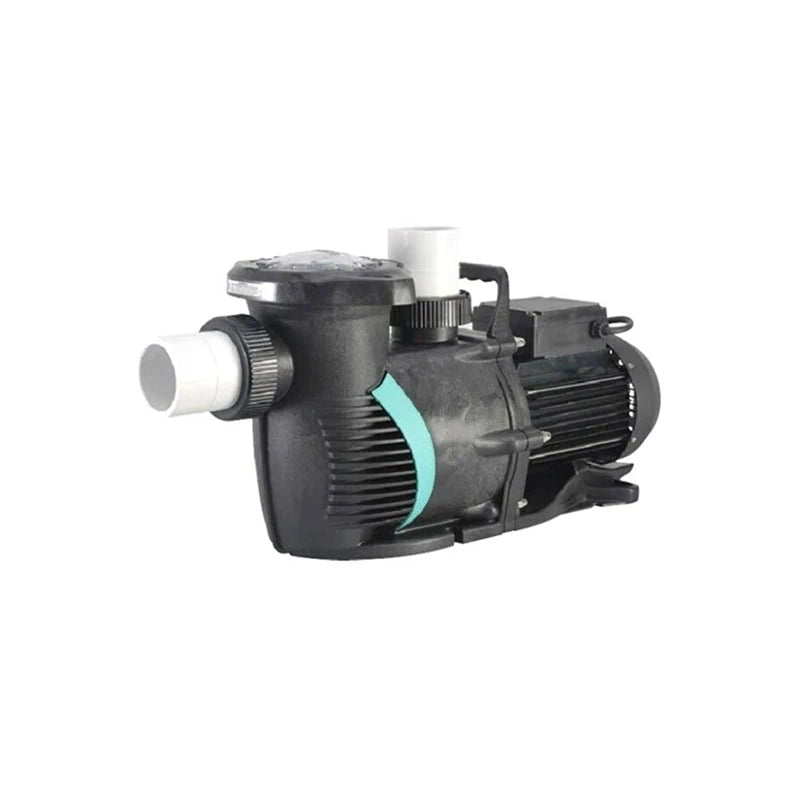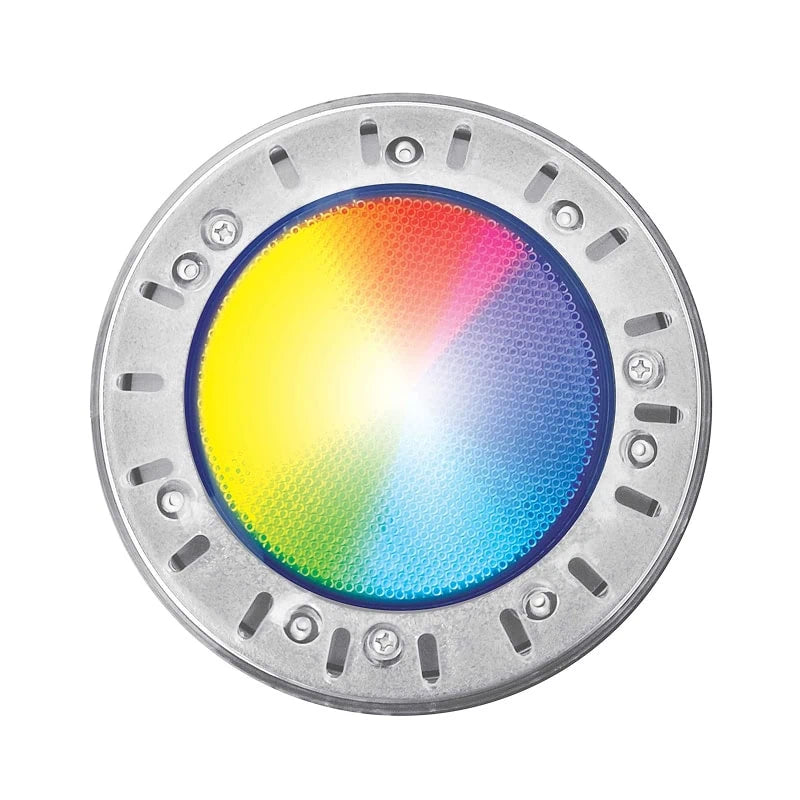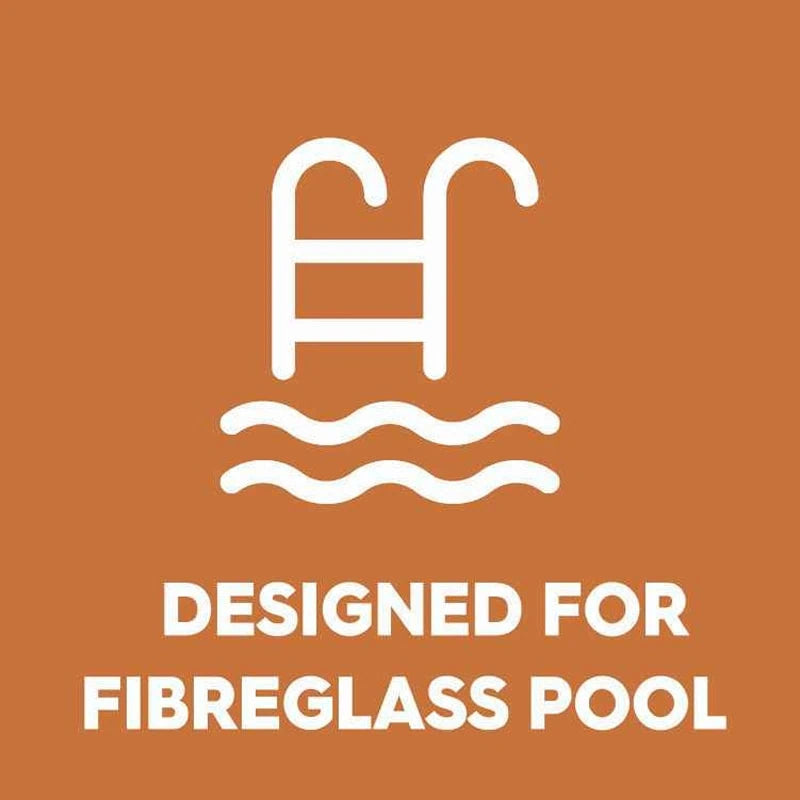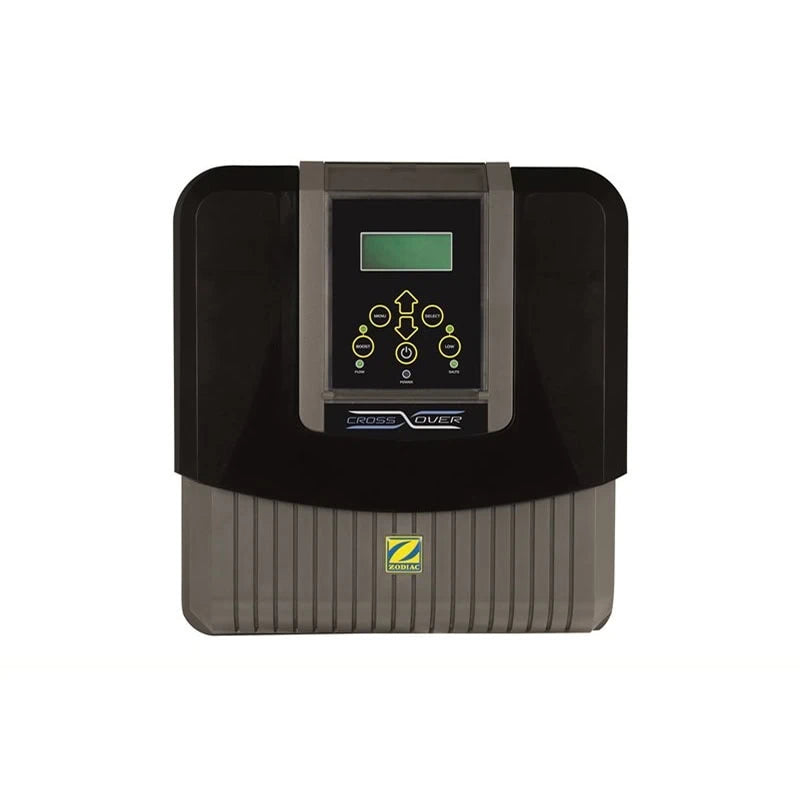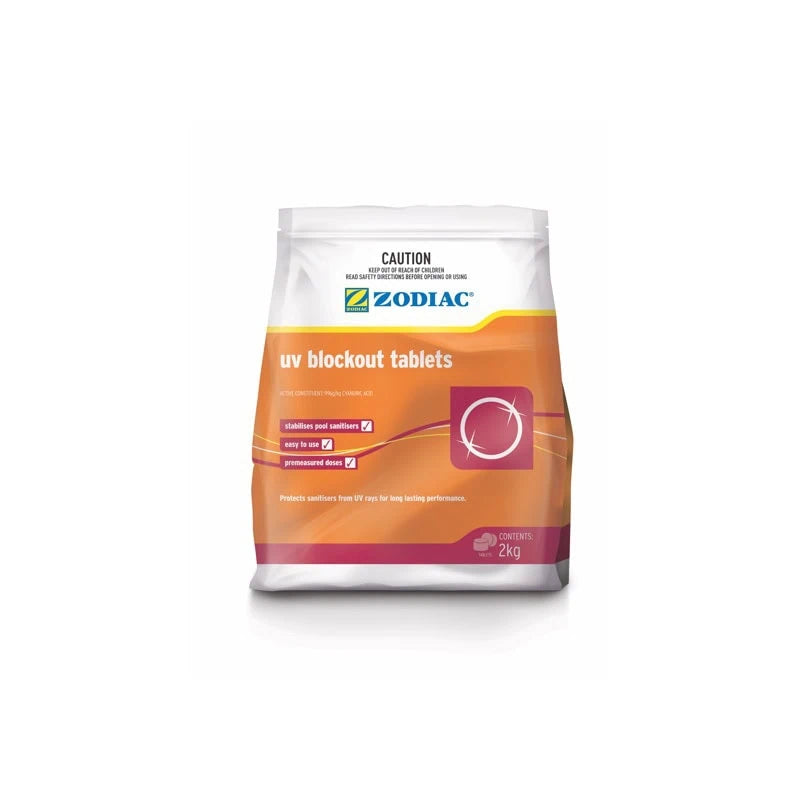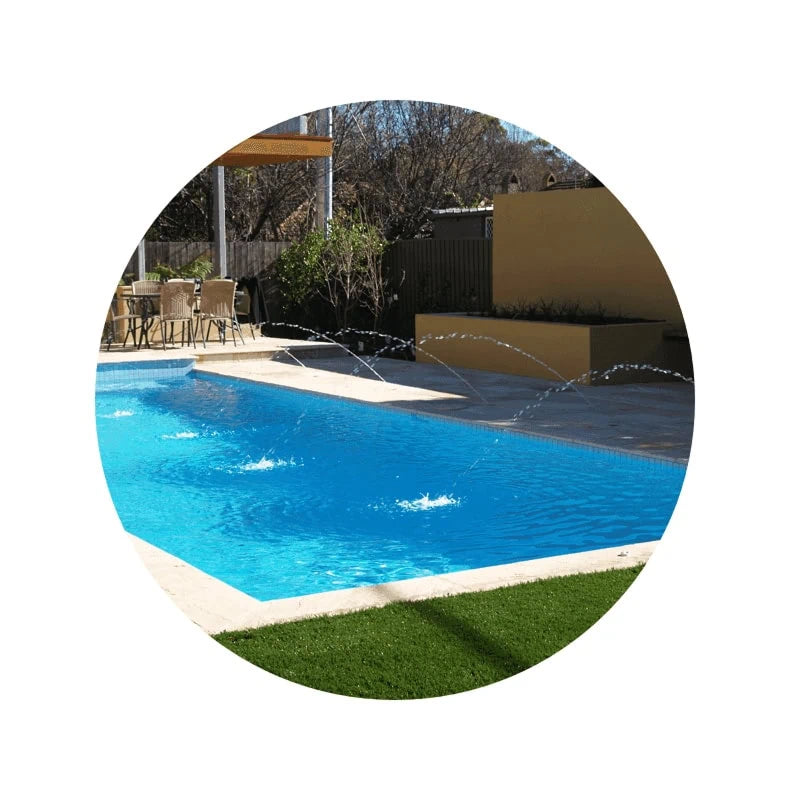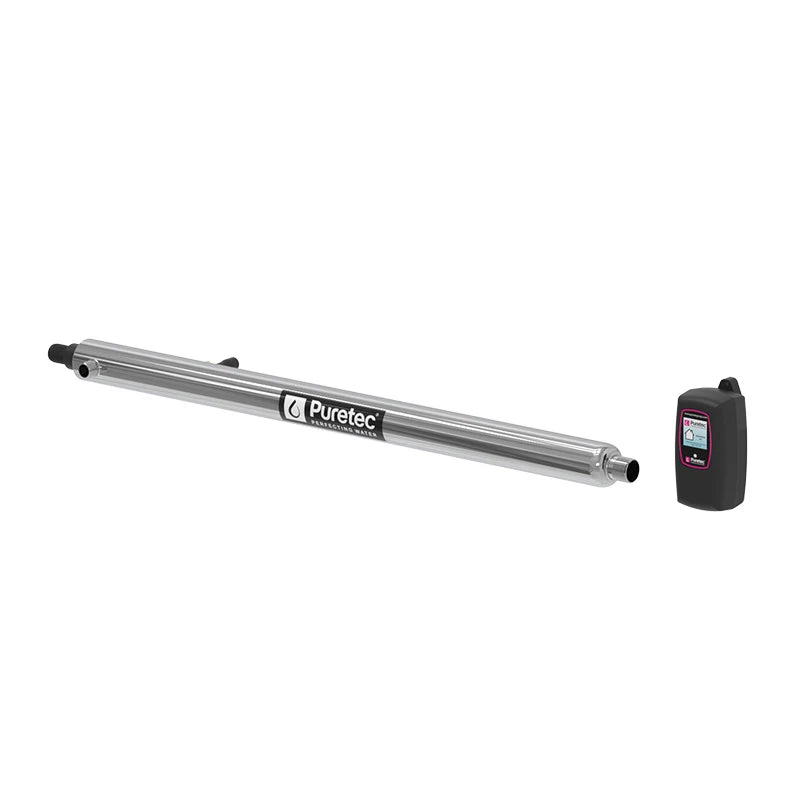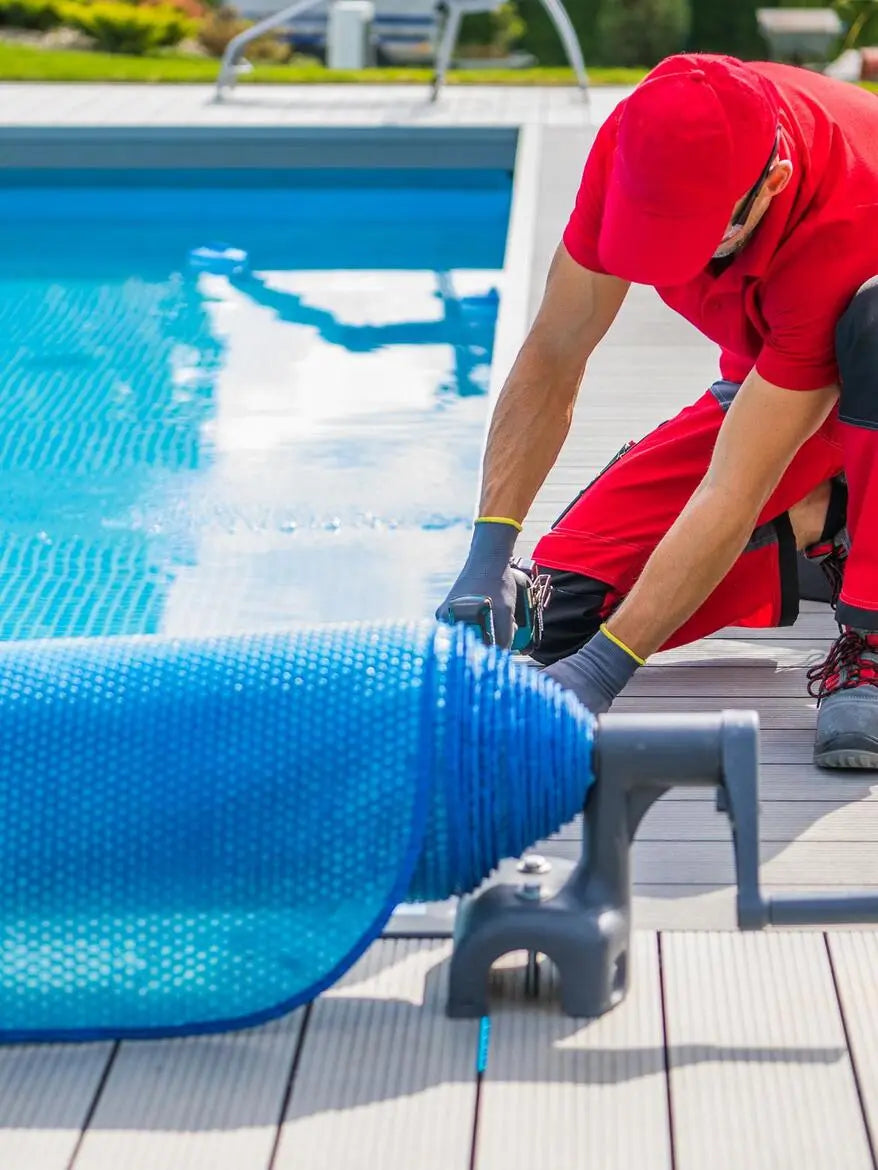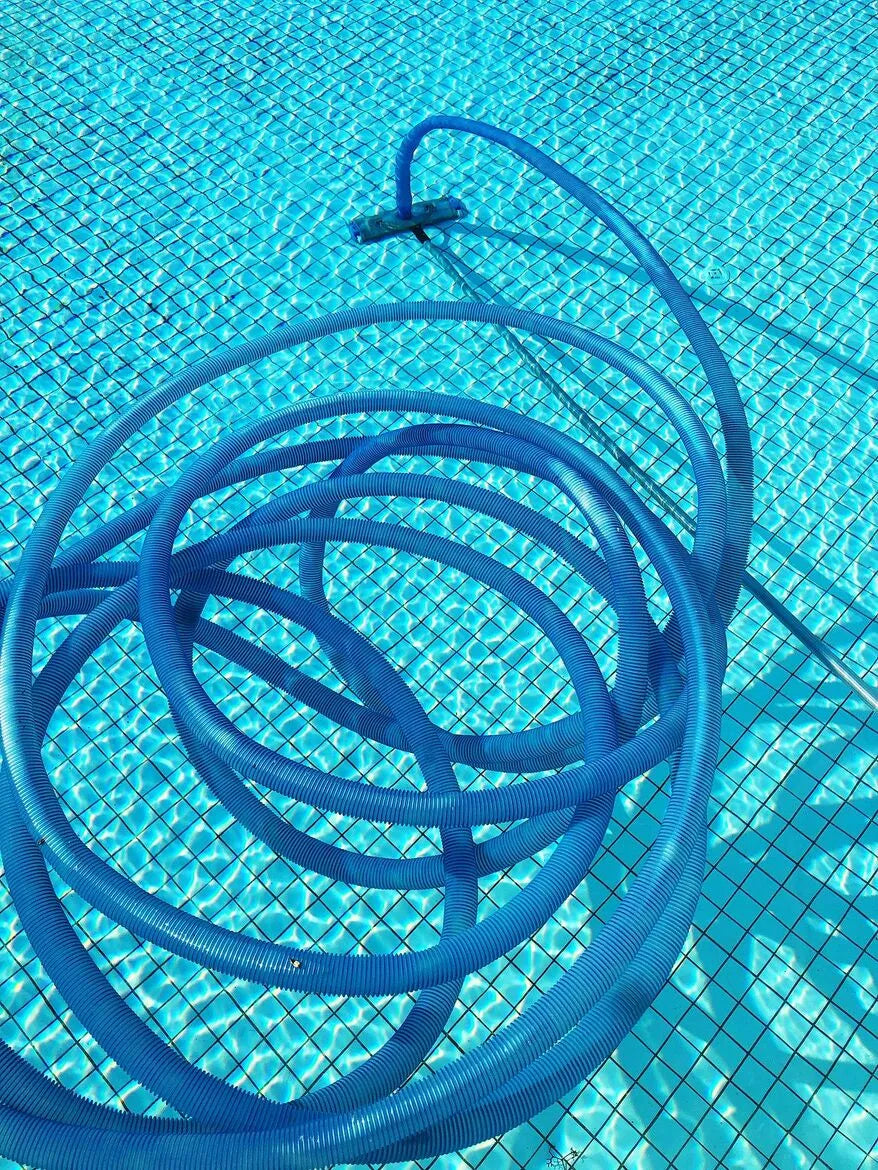Pool Shell Construction

A high-quality fibreglass pool shell is built layer by layer inside a precision mould using gelcoat, vinyl ester resin, and reinforced fibreglass. The best shells are around 10–12mm thick, flex slightly to handle ground movement, and go through strict testing for strength, curing, and durability before leaving the factory.
Every beautiful pool starts long before the crane shows up. Behind that glossy surface and perfect curve is a carefully engineered shell — the structural heart of your swimming pool.
Few homeowners ever see what goes into making a fibreglass pool shell, yet this unseen stage determines everything: durability, water-tightness, flexibility, and the way your pool feels for decades. Let’s lift the curtain on how pool shells are actually built, and why quality construction matters more than anything you’ll see on the surface.
Key Takeaways
- Construction method: Fibreglass shells are made inside moulds using multiple resin and fibreglass layers that cure into a single watertight structure.
- Materials: A combination of gelcoat, vinyl ester resin, chopped strand mat, and woven roving creates strength and chemical resistance.
- Reinforcement: Structural ribs, core mats, and biaxial cloth prevent flexing and cracking.
- Thickness: Most shells measure 10–12mm, with extra reinforcement around steps and benches.
- Testing: Quality manufacturers use Barcol hardness, flexural strength, and ultrasonic thickness checks to ensure consistency.
- Durability: With proper materials and curing, a fibreglass shell can last 30–40 years with minimal maintenance.
- Expert insight: The real quality difference lies in what’s under the surface — resin systems, reinforcement patterns, and factory precision.
Overview of the Construction Process
A fibreglass pool shell is a laminated composite structure built inside a precision mould. Layers of resin, fibreglass mat, and core materials are applied in specific sequences to create strength without adding unnecessary weight.
But “fibreglass” isn’t just one thing. The difference between a well-built shell and a cheap one lies in the resin chemistry, reinforcement methods, and how each layer is bonded.
💡Expert insight: The process is part craftsmanship, part science. Think of it like baking — same ingredients, different results depending on how carefully they’re mixed and cured.
If you’re currently exploring options, take a look at our fibreglass pool shells to see the range of shapes and finishes available.
Materials Used in Fibreglass Pool Shells
A modern fibreglass shell uses up to five to seven layers, each performing a specific role.
|
Layer |
Material |
Purpose |
|
1. Gelcoat |
UV-stabilised pigmented resin |
Provides colour, shine, and waterproof barrier |
|
2. Vinyl ester resin barrier coat |
Premium corrosion-resistant resin |
Prevents osmosis (water penetrating and causing blisters) |
|
3. Chopped strand mat |
Short glass fibres bound with resin |
Adds strength and impact resistance |
|
4. Woven roving / biaxial cloth |
Interlaced glass fibres |
Provides structural rigidity and load-bearing strength |
|
5. Core mat (optional) |
Lightweight fibrous layer |
Adds thickness and reduces flexing |
|
6. Structural laminate layers |
Alternating glass and resin |
Builds total wall thickness and stability |
|
7. Topcoat / backing resin |
Seals the shell and smooths inner surface |
Ensures long-term adhesion and stability |
💡Expert note: Some manufacturers cut corners by omitting the vinyl ester layer or using low-grade polyester resin — a short-term saving that leads to blistering or delamination years later.
Pool Shell Construction: How Fibreglass Pool Shells Are Made
Here’s how a pool shell comes to life inside the factory:
- Mould preparation – The mould is cleaned, polished, and waxed to create a flawless release surface.
- Gelcoat application – A smooth, pigmented gelcoat is sprayed to form the visible interior finish. This cures to a hard, glossy surface.
- Barrier coat (vinyl ester resin) – A layer of corrosion-resistant resin is applied to protect against osmosis and chemical damage.
- Lamination – Layers of chopped strand mat and woven roving are hand-laid or sprayed with resin and rolled to remove air bubbles.
- Core reinforcement – A lightweight mat or honeycomb core may be added in stress areas for stiffness without excess weight.
- Structural layers – Additional glass and resin are built up to reach the designed thickness, particularly around steps, benches, and corners.
- Curing & demoulding – The shell is cured under controlled temperature and humidity, then lifted from the mould in one piece.
- Trimming & finishing – Edges are trimmed, fittings are marked, and the surface undergoes final inspection before packaging.
💡Expert insight: Every extra hour spent on rolling air out of each layer means fewer weak points later. Air pockets are the silent enemy of strength.

Reinforcement Techniques Explained
Fibreglass shells may look thin and light, but their strength comes from directional reinforcement and smart lamination patterns.
- Biaxial fibreglass cloth: Provides strength in two directions (0°/90°), reducing flex under water pressure.
- Extra structural ribs: Added around steps, corners, and benches for rigidity.
- Core stiffeners or ribs: Prevent wall bowing and distribute ground pressure evenly.
- Resin-rich bonding zones: Used in high-stress areas to improve impact resistance.
💡Expert perspective: The best shells flex slightly rather than resist — this elasticity is what helps fibreglass pools survive ground movement that cracks concrete.
How Thick Is a Pool Shell (and Why It Matters)
Most fibreglass pool shells are between 10–12mm thick, though some premium models exceed 15mm around steps and edges.
Thicker isn’t always better — over-thick shells can become brittle if the resin-to-glass ratio is off. What matters more is consistent thickness and proper curing.
A well-built shell has:
- Uniform wall thickness (checked by ultrasonic gauges in quality factories)
- Reinforced ribs in stress points
- Perfectly cured laminate that’s neither under- nor over-hardened
Pool Shell Construction: Manufacturing Quality & Testing
Top manufacturers don’t rely on guesswork — they test every batch.
- Barcol hardness testing: Measures how well the gelcoat has cured.
- Thickness verification: Ensures each shell meets design specs.
- Flexural and tensile strength testing: Confirms that the composite can withstand load and bending forces.
- Visual and surface inspections: Identify air pockets, bubbles, or resin pooling before shipment.
💡Expert insight: Factories that brag about “perfect shine” but never mention testing usually focus on cosmetics over structure. Always look for evidence of lab or in-house testing.
Durability & Lifespan Benefits
A well-built fibreglass shell can last 30–40 years or more with minimal maintenance. Its flexibility helps it adapt to mild soil movement, while its gelcoat and resin barrier protect against UV and chemical wear.
Compared to concrete or vinyl pools:
- Lower maintenance: Non-porous surface resists algae.
- Faster installation: No curing time needed onsite.
- Thermal efficiency: Fibreglass retains heat better, reducing energy costs.
- Longevity: A single, well-constructed shell can serve multiple generations.
💡Expert opinion: The difference between a pool that feels “solid” and one that creaks or flexes underfoot isn’t the installer — it’s the factory craftsmanship.

Pool Shell Construction: Why Quality Matters Most
Behind every fibreglass pool is a team of laminators, engineers, and craftsmen who build precision into every layer. The right materials, resin ratios, and curing controls make the difference between a shell that simply looks good and one that lasts a lifetime.
At Pool Tools, we work with trusted Australian manufacturers who prioritise quality, testing, and durability — so when that crane lifts your pool over the fence, you know it’s built to stay.

Pool Tools Team
We’re here to share expert advice, practical tips, and clear guides to help you choose, build, and maintain your pool with confidence. From fibreglass shells to everyday equipment, we make pool care simple.

